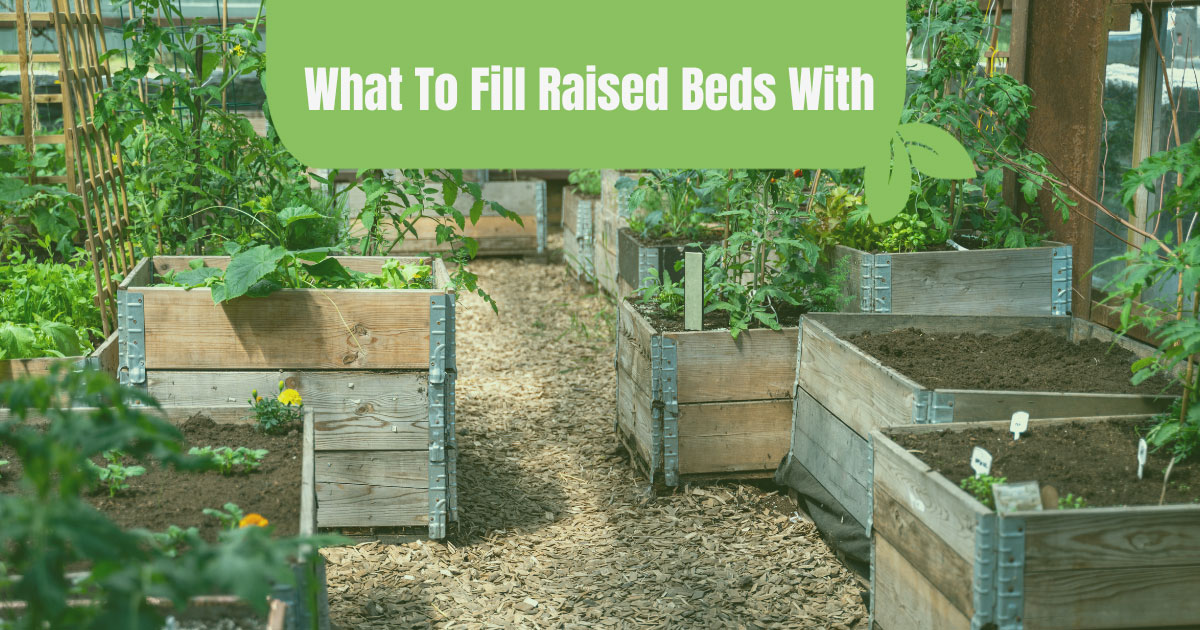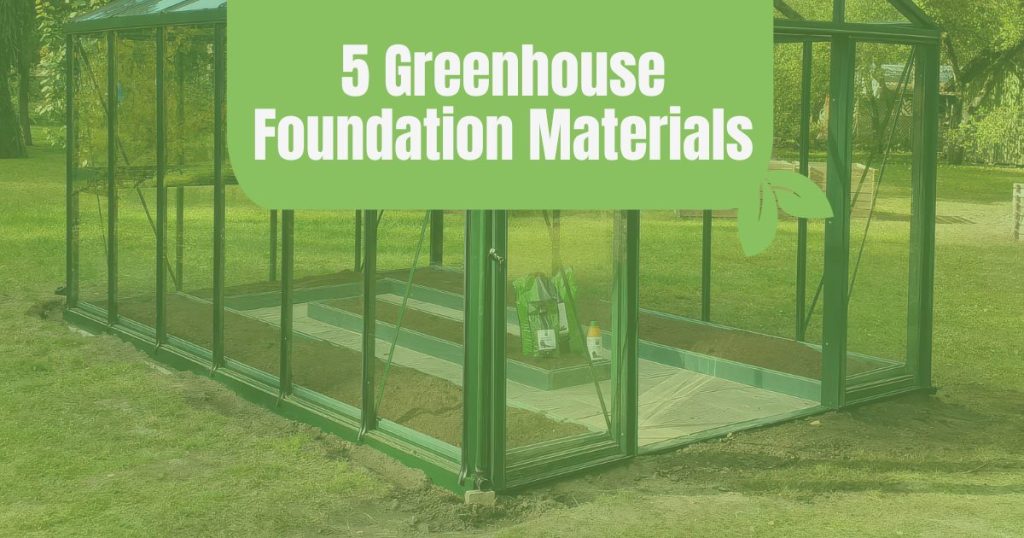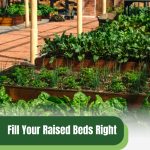
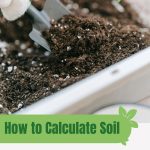



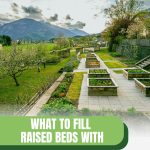
Understanding what to fill raised beds with is crucial for any gardener aiming for a lush, productive garden. Our years at Greenhouse Emporium have taught us that the right mix of soil, organic matter, and a few lesser-known ingredients can make all the difference.
This article will guide you through selecting the perfect soil blend, incorporating natural elements like sticks and twigs for added benefits, and the importance of compost and mulch in creating a thriving ecosystem for your plants.
With a focus on practical advice and expert insights, we’re here to help you build the foundation for a garden that not only grows but flourishes.
What to fill raised beds with
Soil
At the heart of every lush raised bed lies the soil – your garden’s very foundation. After putting it to the test, we’ve found that a mix of topsoil, compost, and a bit of sand or grit creates the perfect environment for your plants.
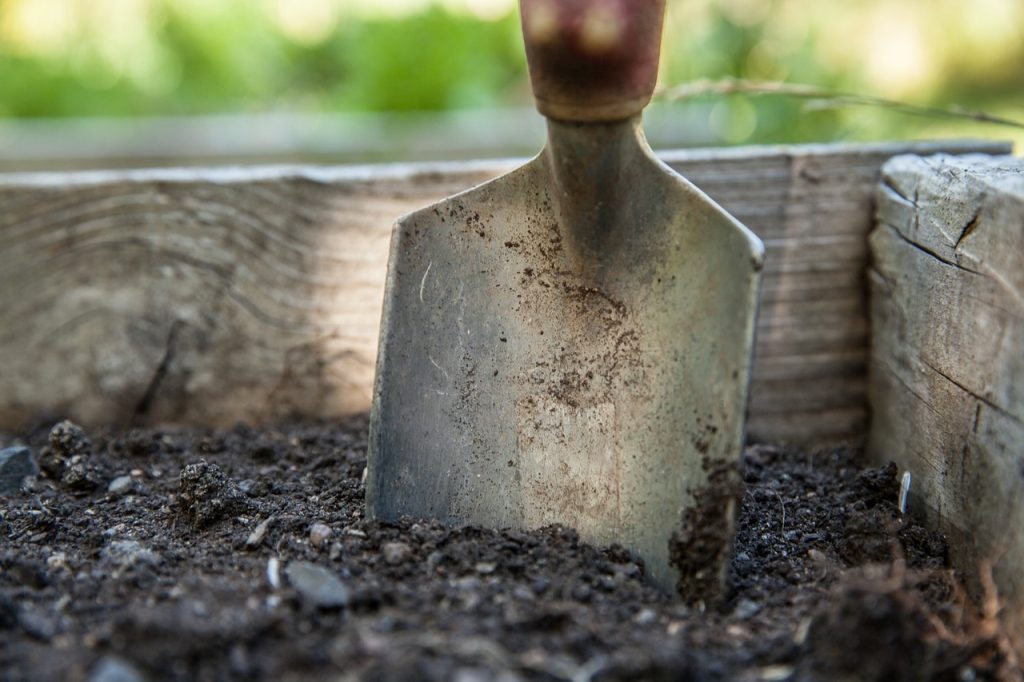
This blend ensures good drainage, retains moisture, and provides essential nutrients. Remember, about 30-50% of your soil mixture should be rich, organic compost. It’s the secret sauce to a thriving garden!
Sticks and twigs
Don’t overlook those sticks and twigs scattered around your yard; they’re gold for your raised beds! According to our research, layering your bed with wood materials at the bottom can improve soil fertility and moisture retention over time.
As these materials decompose, they release nutrients back into the soil, creating a self-sustaining ecosystem in your raised bed.
Cardboard and newspaper
Cardboard and newspaper might seem like unlikely garden allies, but they’re fantastic for weed suppression and moisture retention at the bottom of your raised beds.
According to our trials, laying down a few layers of these materials before adding your soil and compost can significantly reduce weed growth, making your gardening journey a little easier.
Compost
Compost is the lifeblood of any garden, and raised beds are no exception. This magical material, rich in organic matter, not only feeds your plants but also improves soil structure and moisture retention.
You may wonder, ‘can you fill a raised bed with just compost?’ From our experience, using compost in a generous layer is a game-changer, especially for hungry vegetable crops.
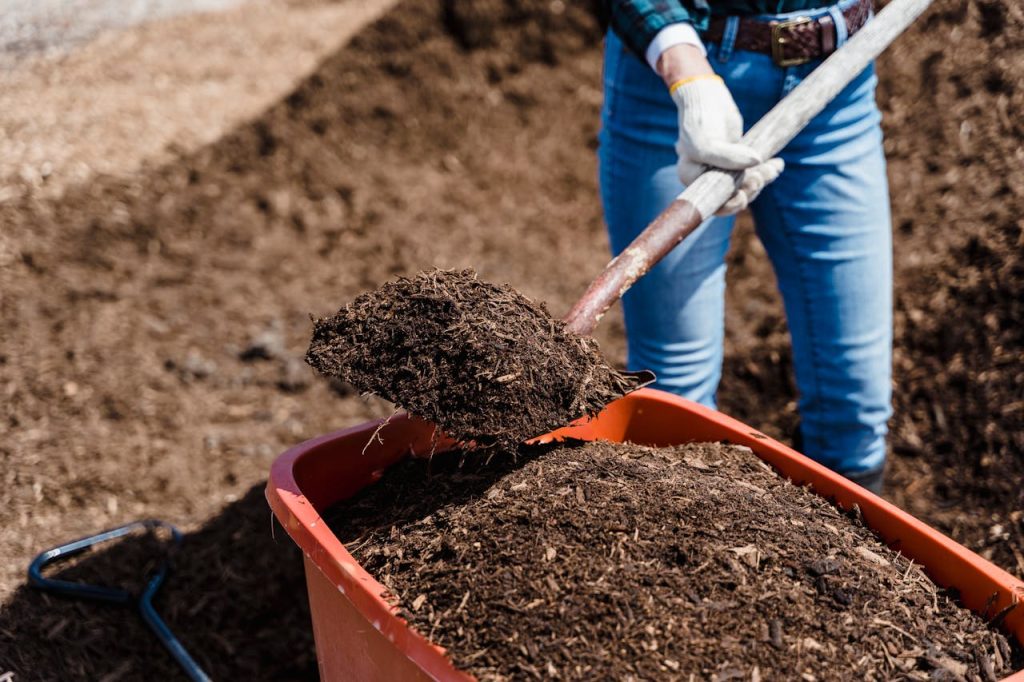
How to calculate the amount of soil for a raised bed
Calculating the amount of soil needed for a raised bed is a critical step in the garden planning process. It ensures that your plants have enough space to grow roots and access the nutrients they need. Here’s how to break down the process into manageable steps:
Measure your bed
The first step is to gather the dimensions of your raised bed. You’ll need to know the length, width, and depth. These measurements are the building blocks for determining the volume of soil required.
It’s essential to be as accurate as possible; even small discrepancies can lead to significant differences in the amount of soil needed. Use a reliable measuring tape and record your measurements in feet or meters, depending on your preference.
Do the math
Once you have your measurements, it’s time to calculate the volume of your raised bed. The formula for volume is length x width x depth. This calculation will give you the total cubic volume, which is how soil is typically sold.
For example, if your bed is 6 feet long, 4 feet wide, and 1.5 feet deep, the volume would be 6 x 4 x 1.5, equaling 36 cubic feet. This figure represents the total amount of soil needed to fill your raised bed from bottom to top.
Keep settling in mind
Soil settling is a natural process that occurs as the soil compacts over time, especially after watering. To account for this, it’s wise to add a bit more soil to your initial calculation. A general rule of thumb is to increase your total volume by 10-20%.
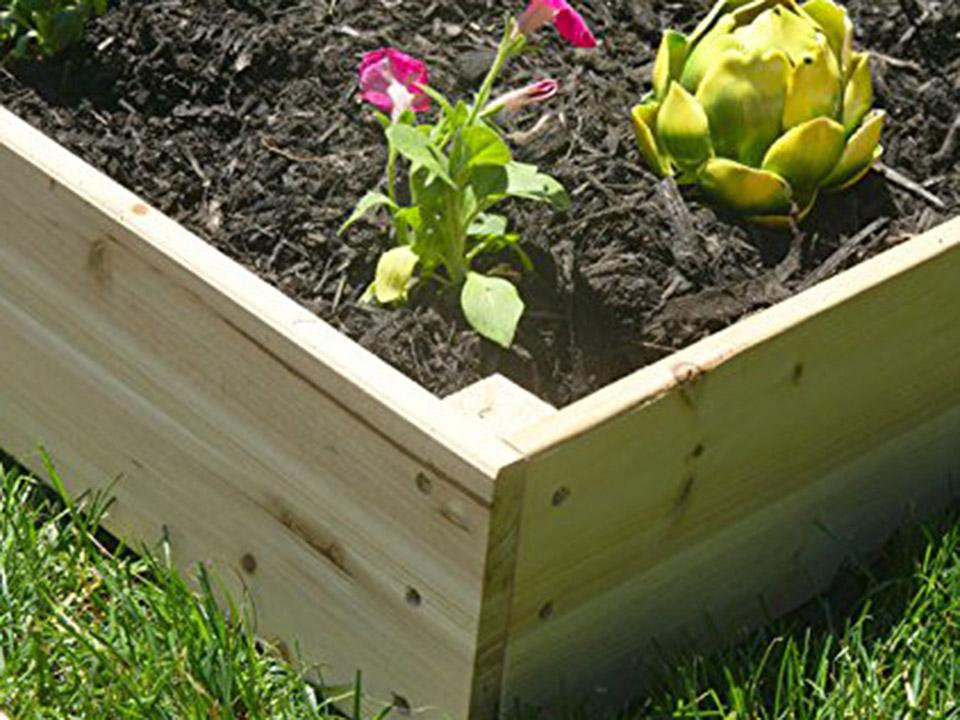
This extra soil will compensate for any settling that occurs, ensuring your plants have a consistently nutrient-rich environment as they grow. It’s better to have a little soil left over than to find your bed lacking the support your plants need.
How to plant in a raised bed
Planting in one of our raised beds transforms gardening into a delightful journey, allowing for precision and creativity in a contained space. Here’s a step-by-step guide to ensure your raised bed planting is both enjoyable and successful:
Plan your layout
Before you even touch a seed or spade, it’s essential to map out your garden’s layout. Consider the mature heights of your plants to avoid taller varieties shading out shorter ones.
Assess the sunlight patterns over your garden throughout the day to ensure each plant receives its ideal amount of light.
Companion planting can also play a crucial role in this stage; some plants thrive when placed next to each other, offering mutual benefits such as pest control or pollination enhancement.
Prepare your soil
The foundation of a thriving garden lies in preparing the ground for a raised bed garden and this means prepping the soil. Before planting, take the time to fluff up and aerate your soil, ensuring it’s loose enough to allow roots to penetrate easily.
The soil should be moist but not waterlogged, creating an inviting environment for new plant roots. If the soil feels dry, water it a day before planting to achieve the perfect moisture level.
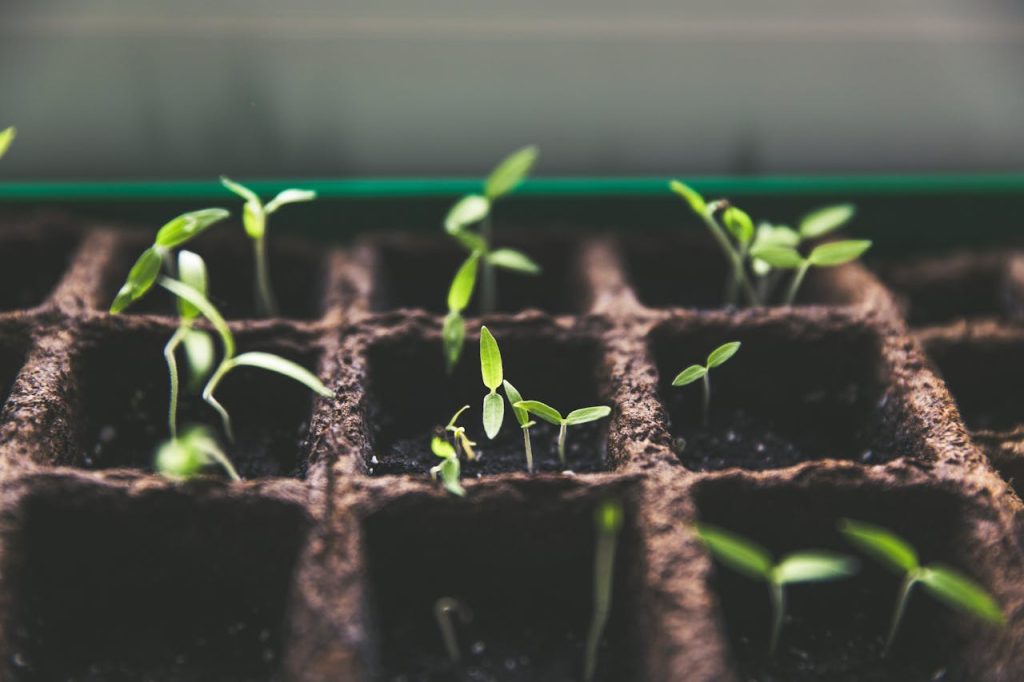
Plant your seeds/seedlings
With your layout planned and soil prepped, it’s time to introduce your plants to their new home. Whether you’re starting with seeds or seedlings, it’s crucial to follow the specific planting instructions for each variety.
Pay close attention to spacing requirements and planting depth, as overcrowding can lead to competition for resources, and planting too deep or too shallow can stress the plants.
For more detailed information on planting in the autumn months, be sure to read our fall raised bed garden guide.
Water gently
The final step in the planting process is to water your newly planted seeds or seedlings. When watering raised beds the key is to be gentle to avoid disturbing the soil or displacing the seeds. A soft spray or drip irrigation can provide the necessary moisture without causing erosion or compaction.
Keeping the soil consistently moist, especially during the critical early stages of growth, will support healthy root development and plant establishment.
FAQs about what to fill raised beds with
What happens to the stuff I put in my raised beds the next year?
Most organic materials like leaves, compost, and even cardboard will decompose over time, enriching your soil. You might need to top up with fresh soil or compost annually.
Can I use just any soil for my raised beds?
It’s best to use a mix of topsoil and compost for optimal growth. Avoid using soil directly from your garden, as it might contain weeds or pests.
Do I need to replace the soil in my raised beds every year?
Not necessarily. You can rejuvenate your soil by adding fresh compost or organic matter each season, keeping your garden productive year after year.

